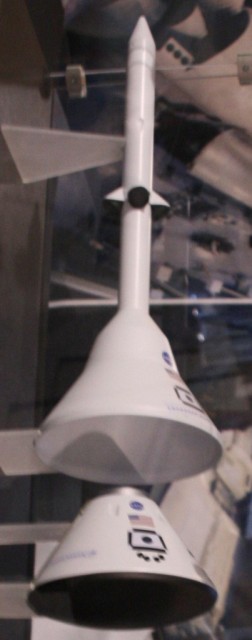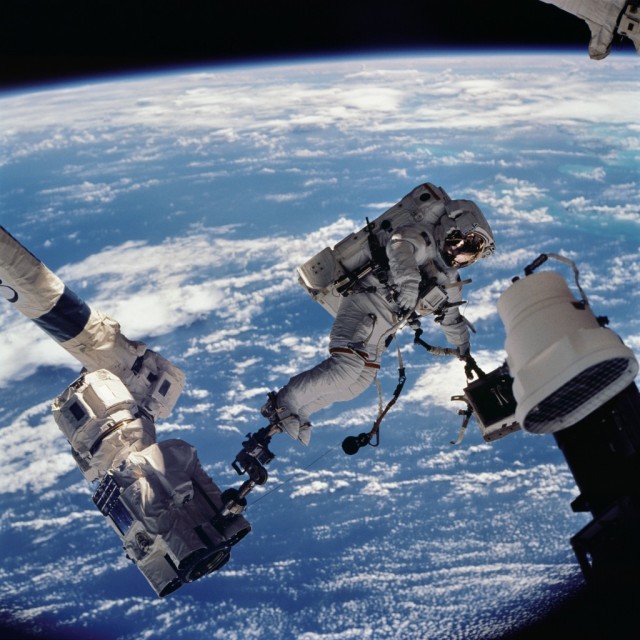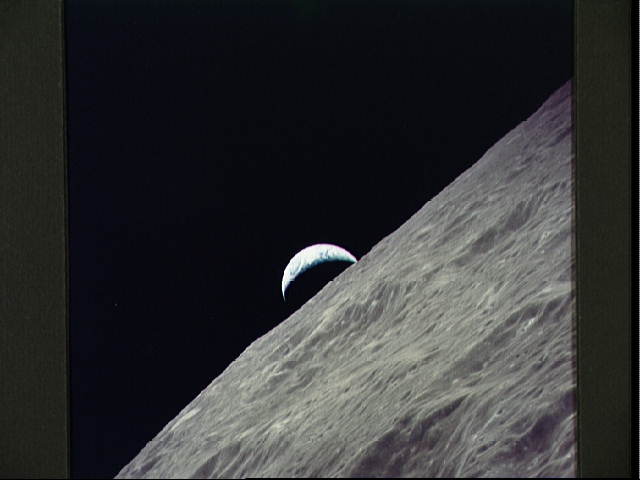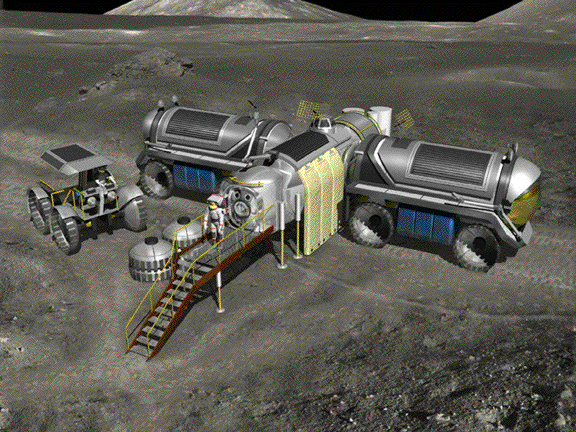 The terminal countdown demonstration test for Atlantis’ STS-122 is being carried out at Kennedy Space Center. During the test, astronauts and ground crews practice count down procedures including emergency procedures that will protect the astronauts during a mishap immediately before launch. This includes a ride in the basket evacuation system as well as driving the emergency escape tank (which, in popular rumor, is always an astronaut’s favorite). The astronauts also try on the launch and entry suites, as can be seen on the picture above.
The terminal countdown demonstration test for Atlantis’ STS-122 is being carried out at Kennedy Space Center. During the test, astronauts and ground crews practice count down procedures including emergency procedures that will protect the astronauts during a mishap immediately before launch. This includes a ride in the basket evacuation system as well as driving the emergency escape tank (which, in popular rumor, is always an astronaut’s favorite). The astronauts also try on the launch and entry suites, as can be seen on the picture above.
In NASA‘s latest information on the shuttle home page I noticed a slight slip in launch time. I now says 4:31pm and I think it previously was 4:38pm. But I guess these seven minutes don’t really make a difference. So, everything looks still quite well. If this is another as-schedule shuttle launch in a very successful 2007? Let’s hope for the best…
And here is the relevant quote from the NASA shuttle home page (they don’t archive it, its a shame):
It looks a lot like launch day at NASA’s Kennedy Space Center in Florida as the crew of mission STS-122 put on their pressure suits and get ready to climb aboard space shuttle Atlantis. However, the work is all part of the countdown dress rehearsal designed to get the launch team and astronauts set for the real thing on Dec. 6.
The crew of seven men, including two from the European Space Agency, will follow their normal launch day routine including riding in the astrovan to Launch Pad 39A and taking their places inside Atlantis.
They will sit inside Atlantis as the pretend countdown winds down. The engines will not ignite, of course, and the astronauts will practice emergency escape procedures on their launch pad to conclude the drill.
Atlantis is targeted to launch December 6 at 4:31 p.m. EST on its 11-day mission to the International Space Station.





